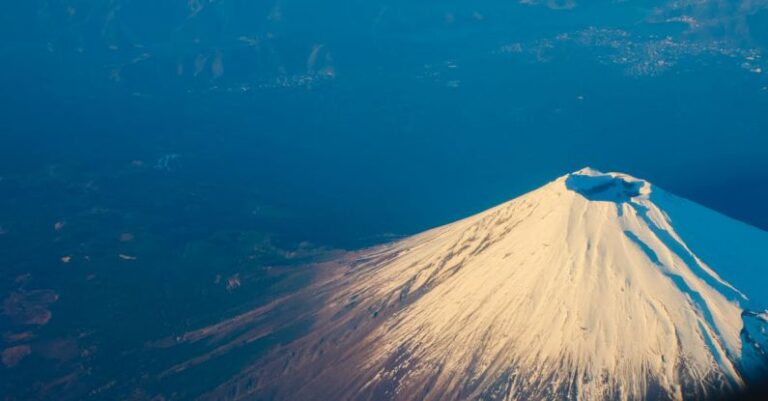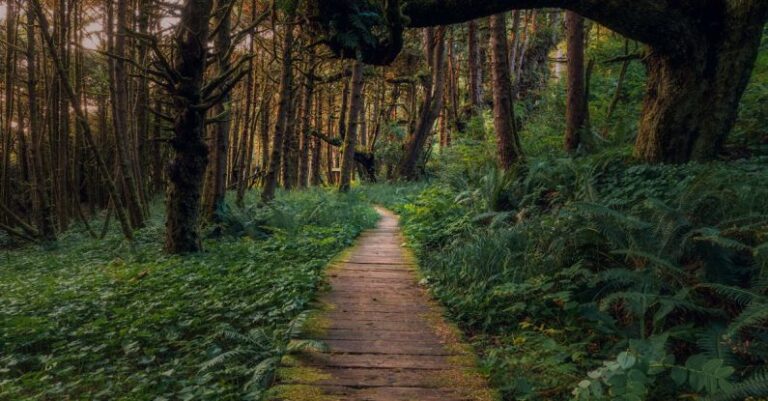
The Effects of Deforestation
Deforestation, the widespread clearing of forests for various purposes, has significant environmental, social, and economic effects that impact the planet and its inhabitants in various ways. From disrupting ecosystems to contributing to climate change, the consequences of deforestation are far-reaching and often detrimental. Understanding these effects is crucial in promoting sustainable land management practices and preserving the world’s forests for future generations.
Loss of Biodiversity
One of the most immediate and severe consequences of deforestation is the loss of biodiversity. Forests are home to a vast array of plant and animal species, many of which are endemic and cannot survive outside their natural habitats. When forests are cleared, these species lose their homes and food sources, leading to population declines and, in some cases, extinction. The loss of biodiversity not only threatens the survival of individual species but also disrupts entire ecosystems, leading to imbalances that can have cascading effects on the environment.
Disruption of Ecosystem Services
Forests provide a wide range of ecosystem services that are essential for human well-being, including carbon sequestration, water regulation, and soil fertility. Deforestation disrupts these services, leading to increased greenhouse gas emissions, changes in local climate patterns, and reduced soil productivity. The loss of these ecosystem services can have far-reaching consequences, impacting everything from agricultural productivity to water availability and quality.
Climate Change
Deforestation is a major contributor to climate change, primarily through the release of carbon dioxide into the atmosphere. Trees store large amounts of carbon, and when forests are cleared, this carbon is released back into the atmosphere, contributing to the greenhouse effect and global warming. In addition to carbon emissions, deforestation also reduces the planet’s ability to absorb and store carbon, further exacerbating the effects of climate change. The loss of forests can lead to more extreme weather events, rising temperatures, and disruptions to ecosystems that further accelerate climate change.
Soil Erosion and Degradation
Forests play a crucial role in maintaining soil health and preventing erosion. The roots of trees help bind soil together, reducing erosion caused by wind and water. When forests are cleared, soil erosion rates increase, leading to loss of fertile topsoil, decreased agricultural productivity, and increased sedimentation in rivers and streams. Soil degradation resulting from deforestation can have long-lasting effects on the land, making it more vulnerable to erosion, drought, and desertification.
Loss of Livelihoods
Many communities around the world rely on forests for their livelihoods, including food, medicine, fuel, and building materials. Deforestation threatens these livelihoods by reducing the availability of resources and disrupting traditional ways of life. Indigenous peoples and local communities are often the most affected by deforestation, as they depend on forests for their cultural and economic well-being. The loss of forests can lead to social unrest, poverty, and displacement as communities struggle to adapt to changing landscapes and dwindling resources.
Conclusion: The Urgent Need for Sustainable Forest Management
In conclusion, the effects of deforestation are profound and wide-ranging, impacting ecosystems, climate, soil, biodiversity, and human livelihoods. To mitigate these effects and preserve the world’s forests, sustainable forest management practices are essential. By promoting reforestation, conservation, and sustainable land use, we can protect forests and the valuable services they provide for current and future generations. It is crucial that we take action now to address the root causes of deforestation and ensure a sustainable future for our planet.





